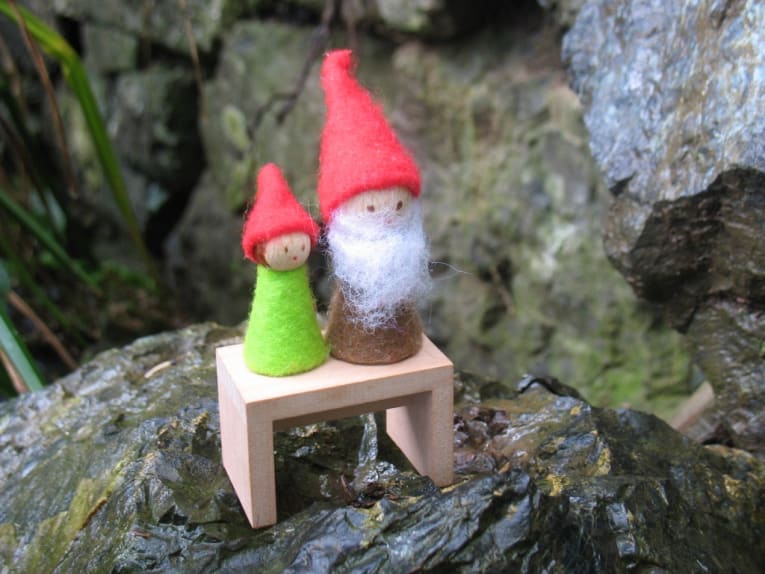
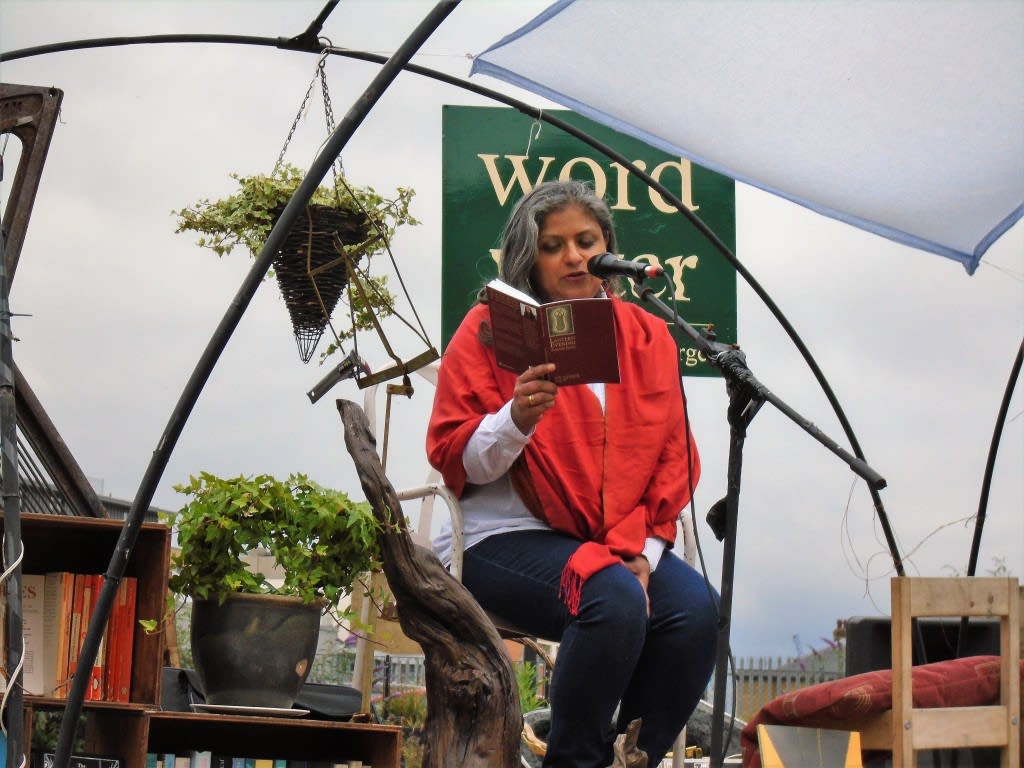


“The presence of the baby had changed things. It had cleared Ria’s mind. Old fears had disappeared… The old voices in her had faded. Ria felt the peace of their absence. She wanted only to prolong the quiet, to allow this strange easy distancing from her life before… A whole other world had sprung into being inside her. That was enough for now. A world begun from the time of that first scan and seeing the baby swimming inside her, its thin legs kicking furiously, then a moment later floating on its back, its tiny tongue shooting out to lick the placenta –
‘It’s finding ways to amuse itself,” the consultant had told her and Rob. “You have a little character in there!’
The doctor had laughed with a gentle affectionate pleasure in their creation. Could happiness really be so unwilled? So accidental?
Rob, inexplicably, was in tears and smiling blissfully and she too had welled with a fearful excitement. She had clutched Rob’s hand while he kissed her and decided in that instant to ride this new challenge and to enjoy it the way she imagined other women did. She would rid herself of regrets, the longing for a life missed, thwarted and the fury in her at being denied– all this she let sink down in her without remedy. Perhaps it had passed out dissolved in urine, the new urine, with the baby’s mixed in with hers. She had expelled it from her and she was revived and pure; new for the baby.”
…an extract from LANTERN EVENING.
Winner Gatehouse Press new Fictions Prize 2016. Buy it here!

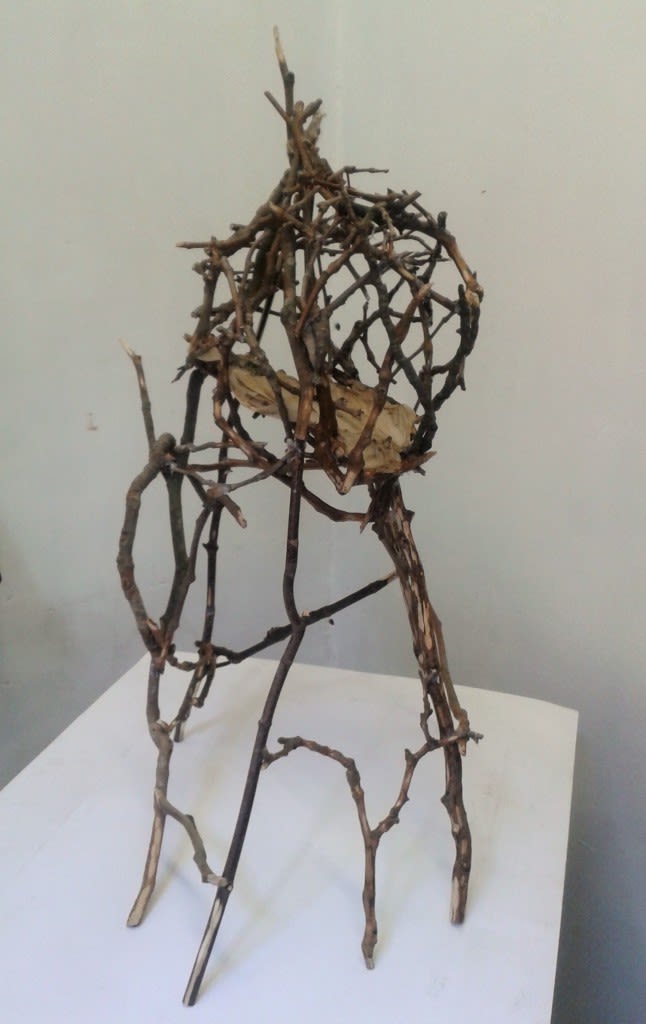
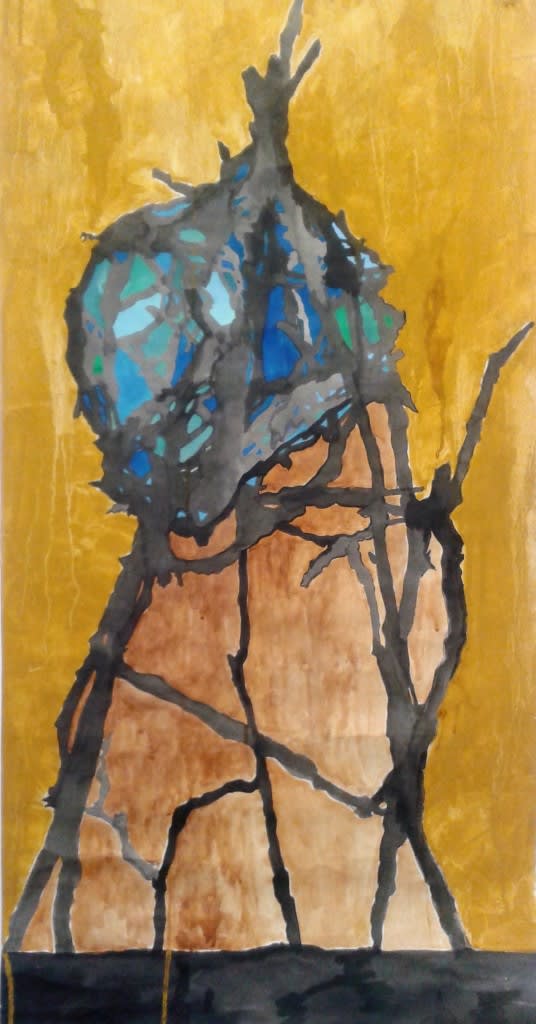
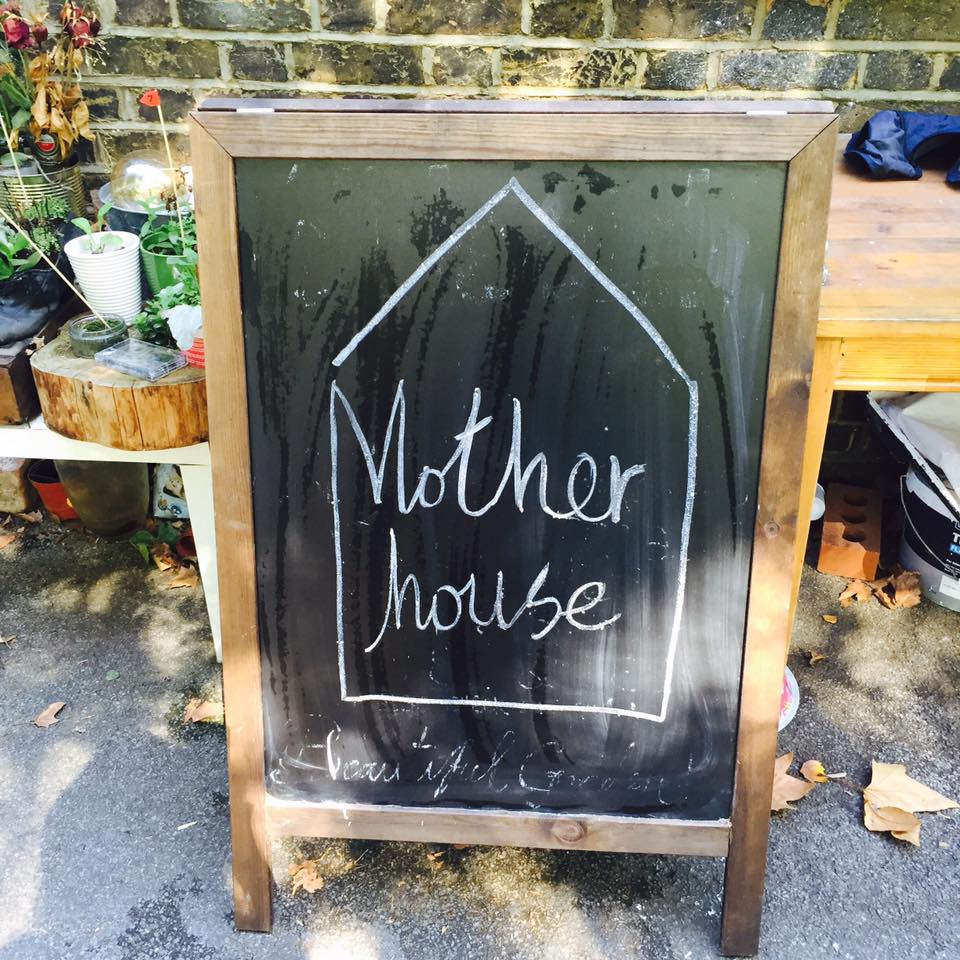
I exhibited ‘Nest’ and ‘Shadow(Nest)’ at I’Klectic, London in October 2016, the culmination of a month’s residency with The Mother House, a wonderful project to provide space and time for artist mothers to work and meet and support each other and their children.
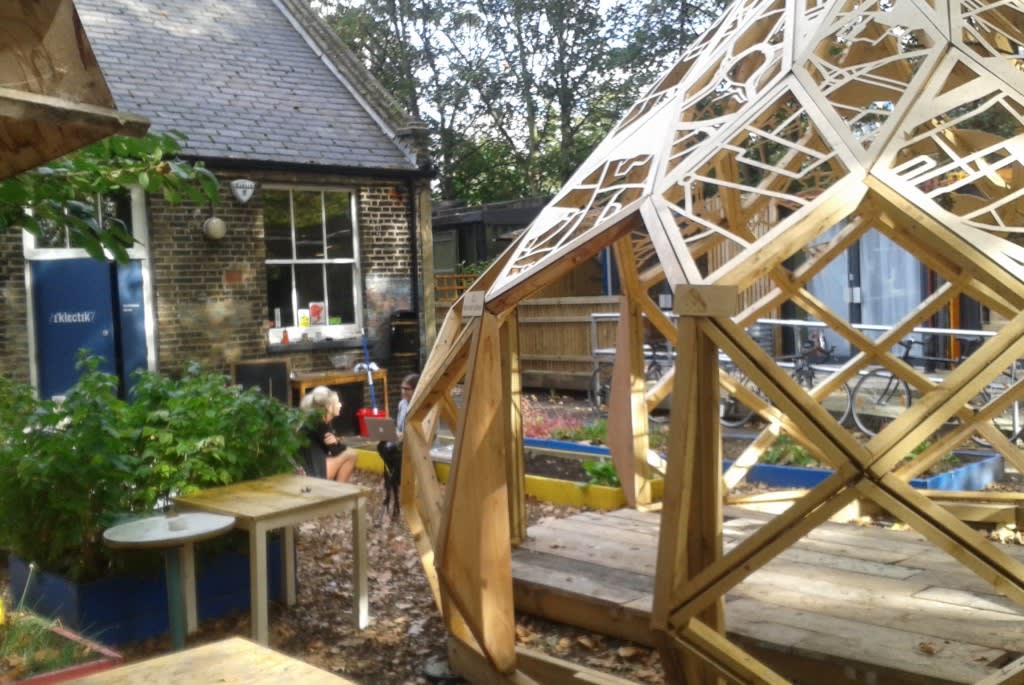

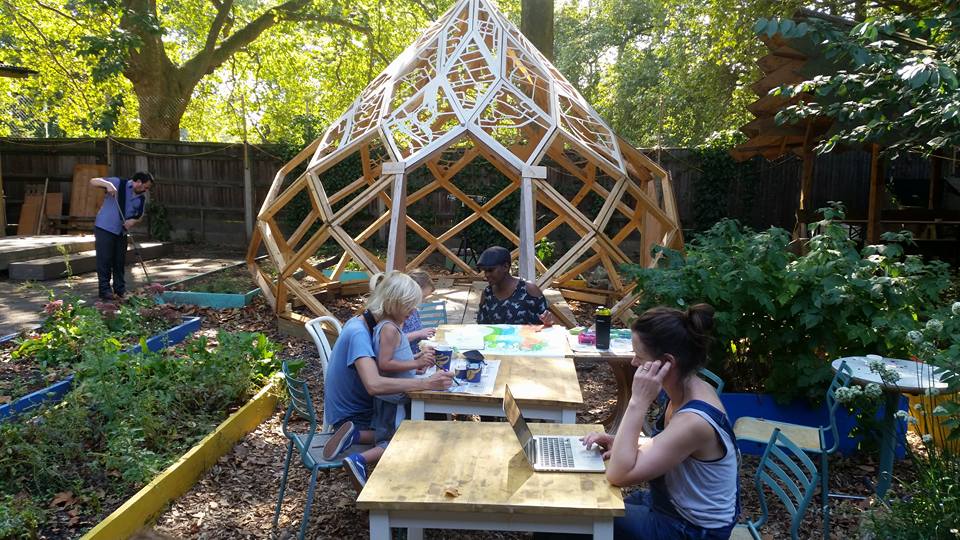
“The dream house must be a cottage… a nest, a chrysalis.”
Gaston Bachelard, ‘The Poetics of Space’
“…when we examine a nest, we place ourselves at the origin of confidence in the world… Our house… in its dream potentiality, becomes a nest… [it] knows nothing of the hostility of the world.”
Gaston Bachelard, ‘The Poetics of Space’
With ‘Nest’ I continued my exploration of spaces and structures of security and nurture; the experience of the interiority of buildings.
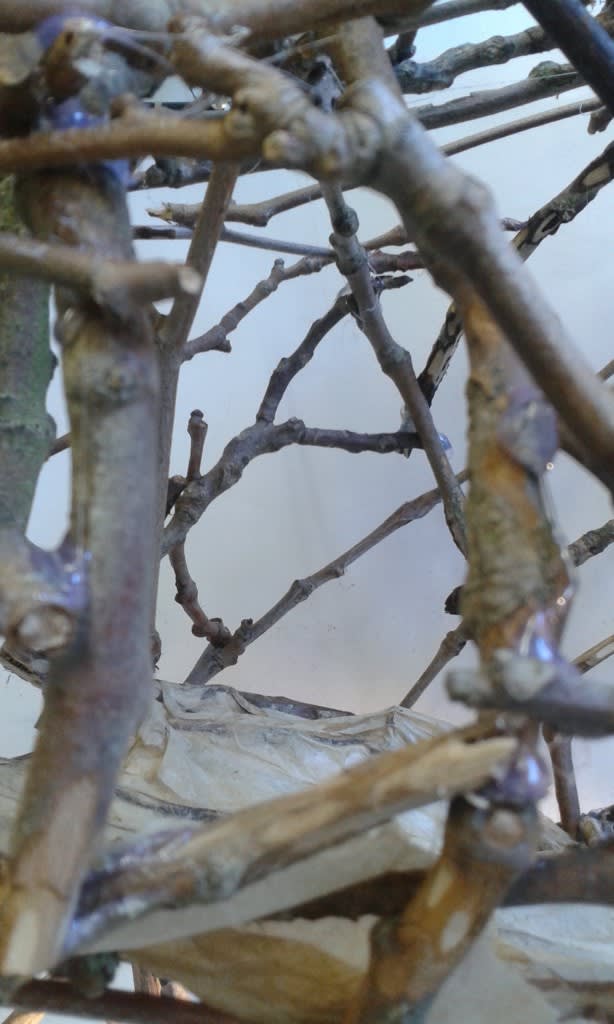
For the drawing I used earth pigments that I made in the mountains of the Alpujarras in Spain this summer. Once the Moors used these same pigments to paint the interiors of their stone houses built into the mountains – a practice still followed today.
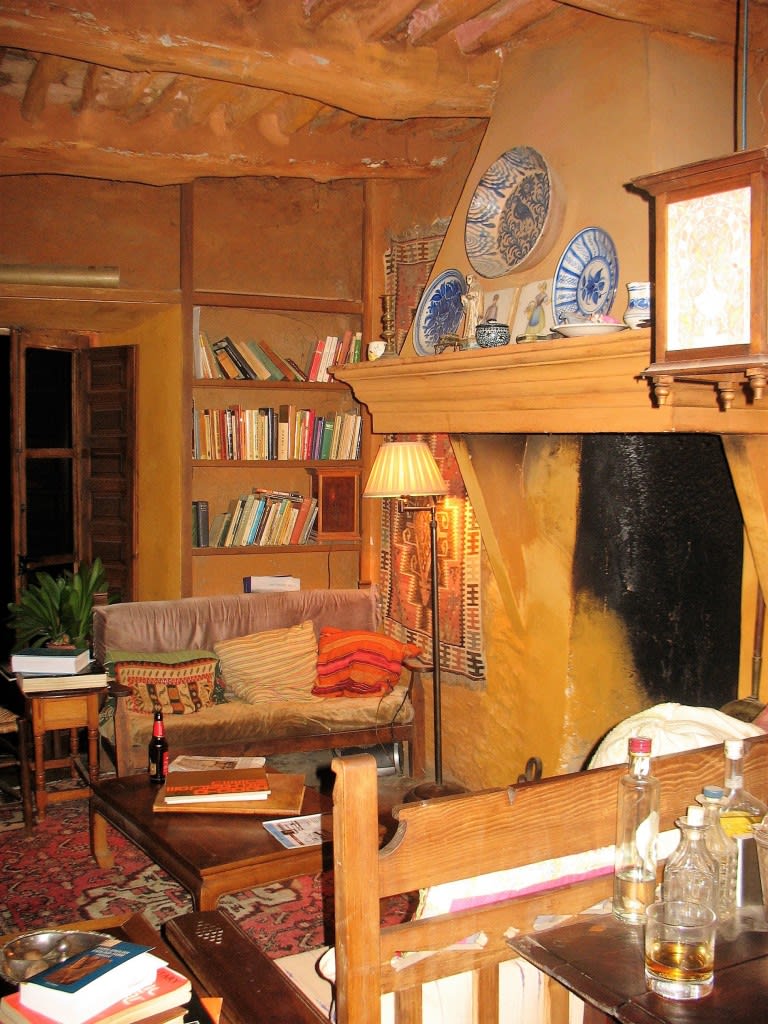
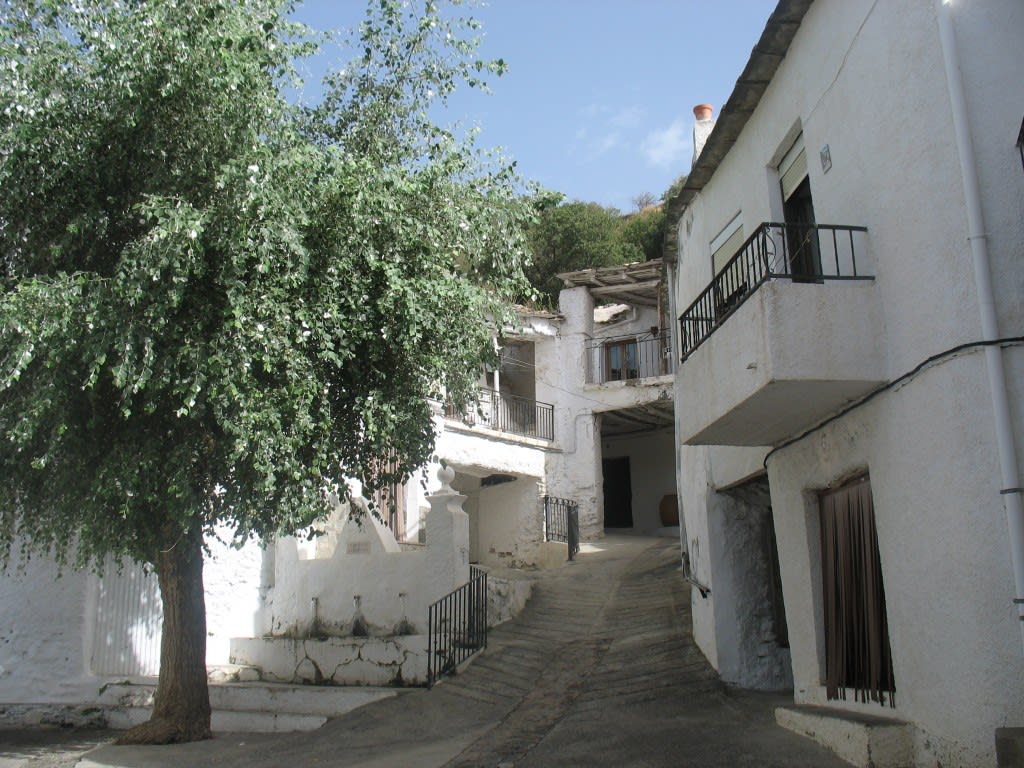
In the nest you are contained; you sit held, secure, high in the world, able to dream. Dreaming, remembering; voices, lives, new beginnings. A Mother House is a shelter that all artists should be able to fly into, especially those who care for little children, work so demanding, so rewarding, so exhausting. As artist-mothers we too need to be nurtured and to support each other as we care for our babies and our own secret precious desire to create.
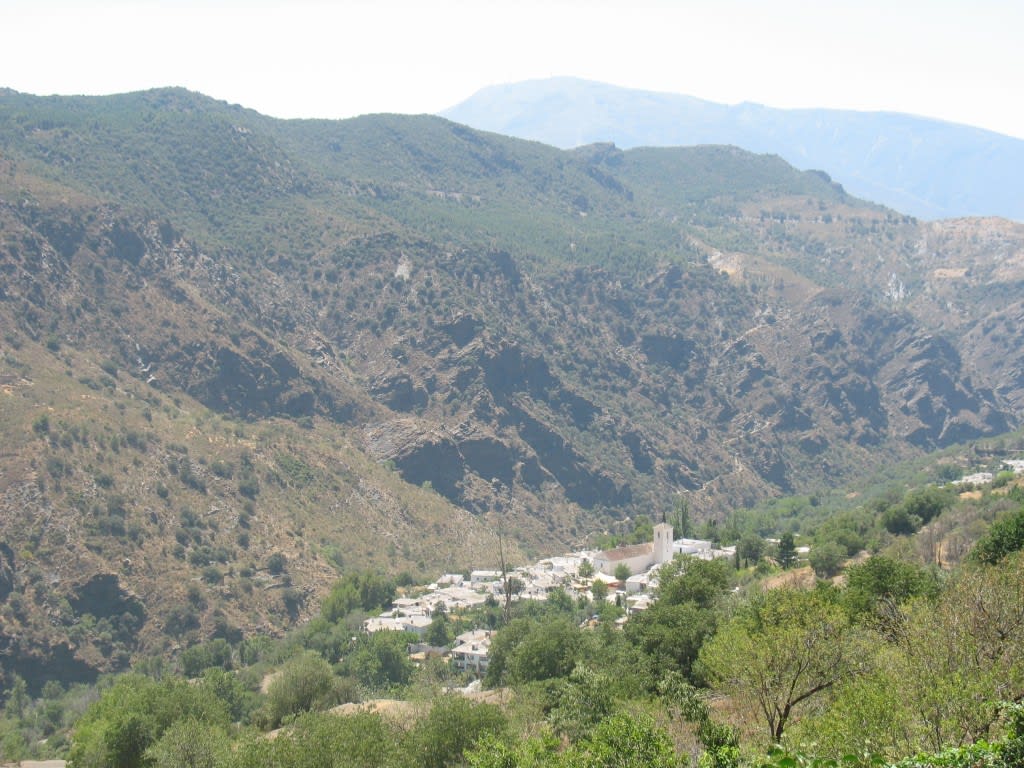
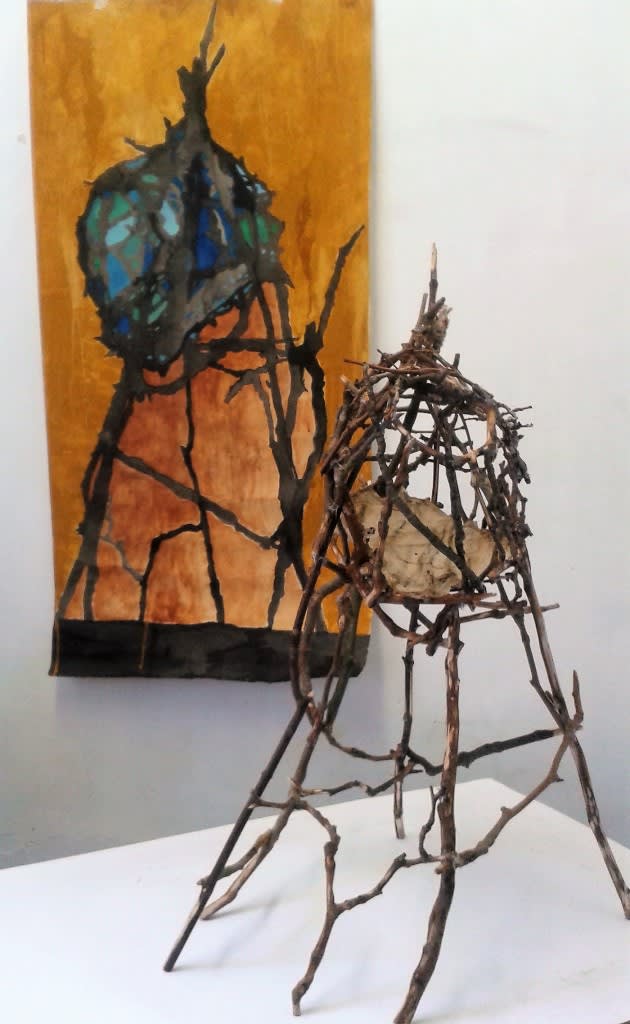
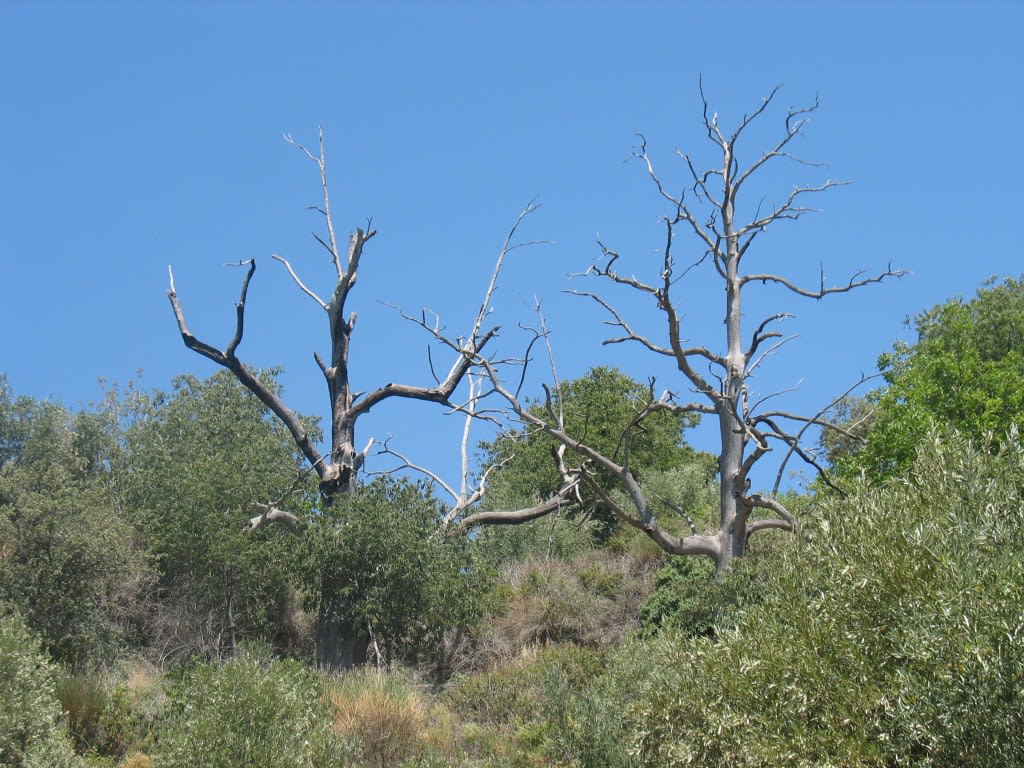

In the mountains of the Sierra Nevada this summer, staying in the ancient Moorish white villages of the Alpujarras, I learned how to make natural earth paints from ochre found on the roadside.
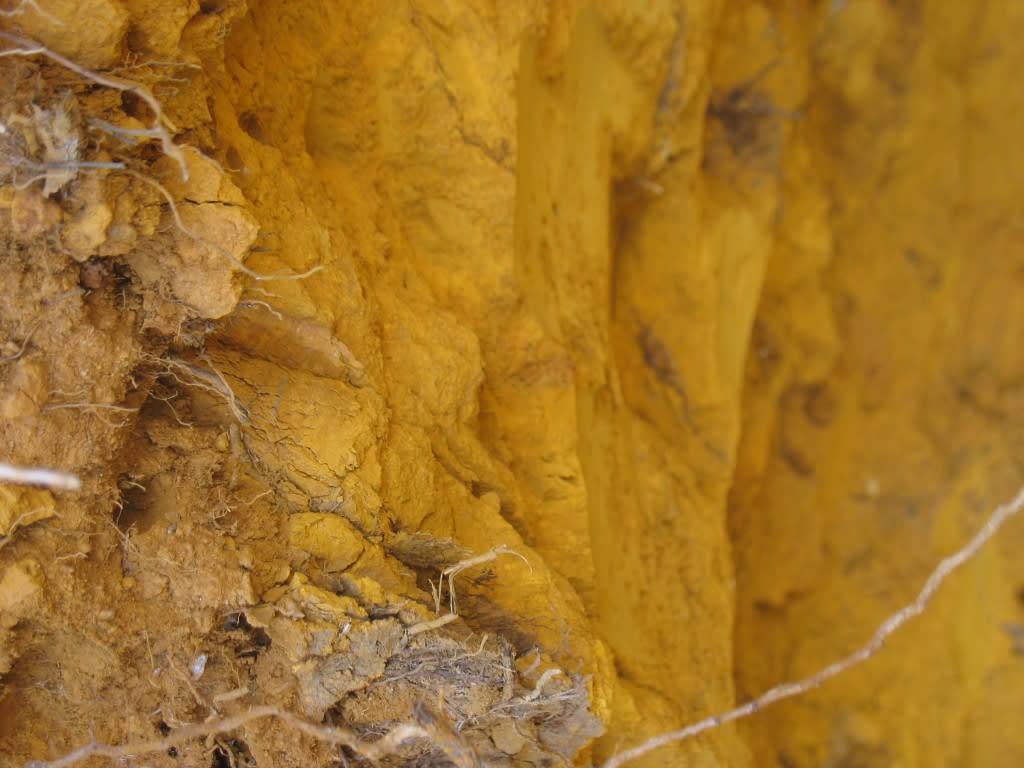
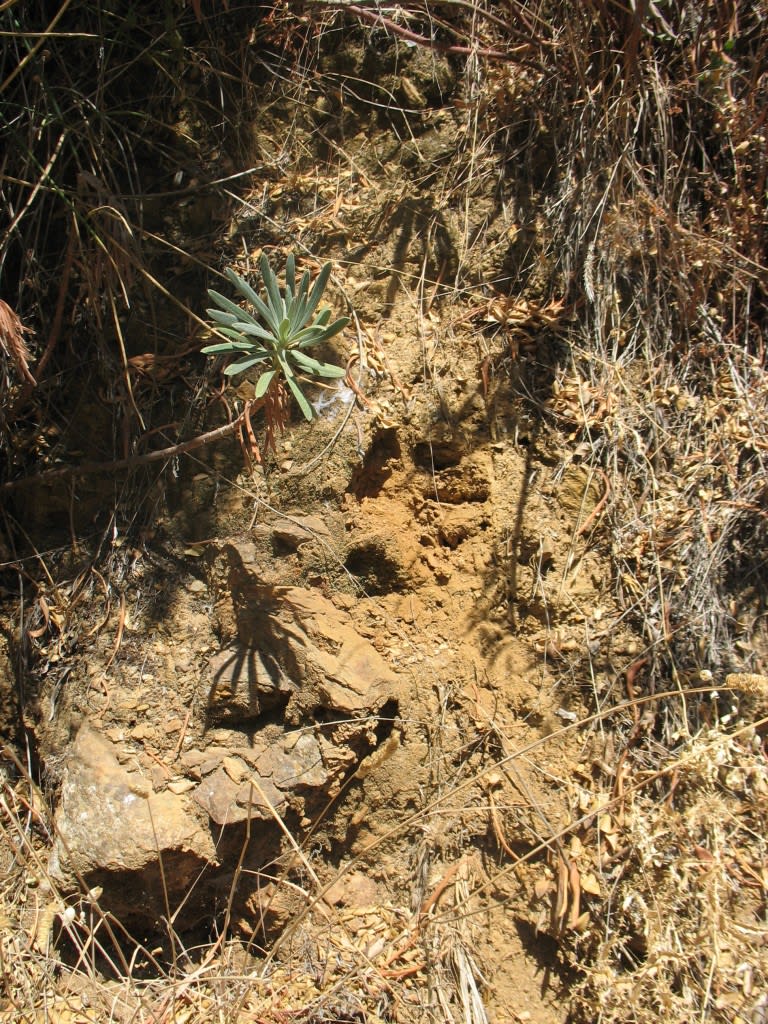
The area is rich in iron oxides, giving rise to a range of reds, browns and yellows:
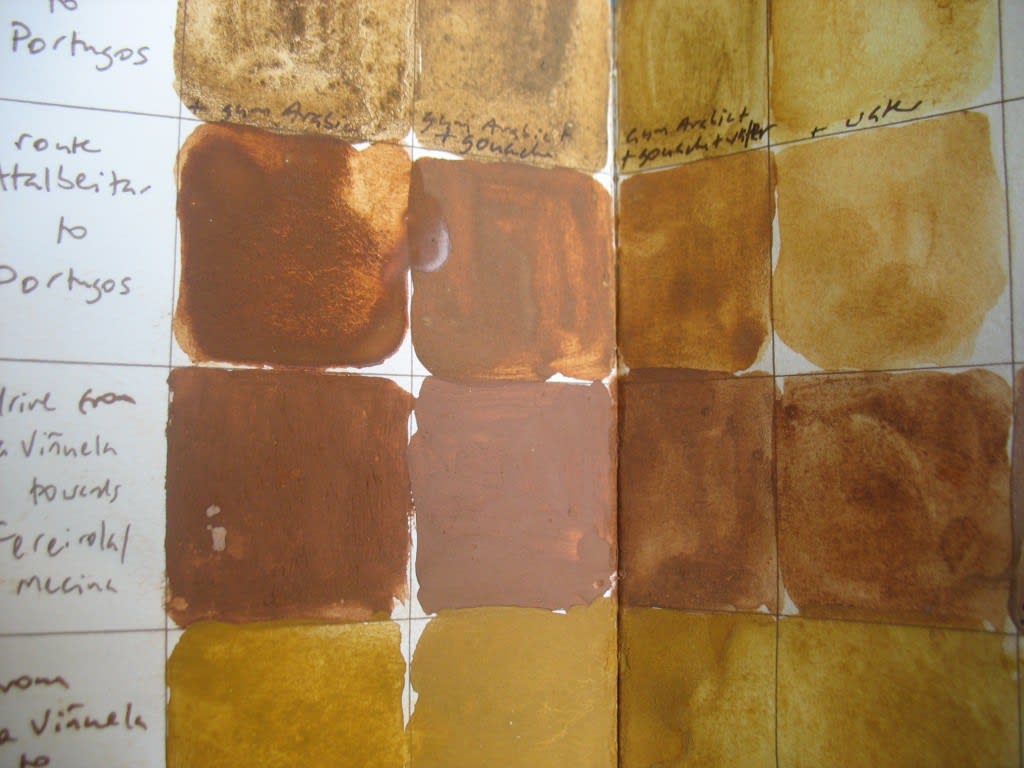
Traditionally the ochre, mixed with lime, was used to colour interior walls, creating a cosy nest-like interior, as in the home of architect Donald Gray an authority on Alpujarran architecture:

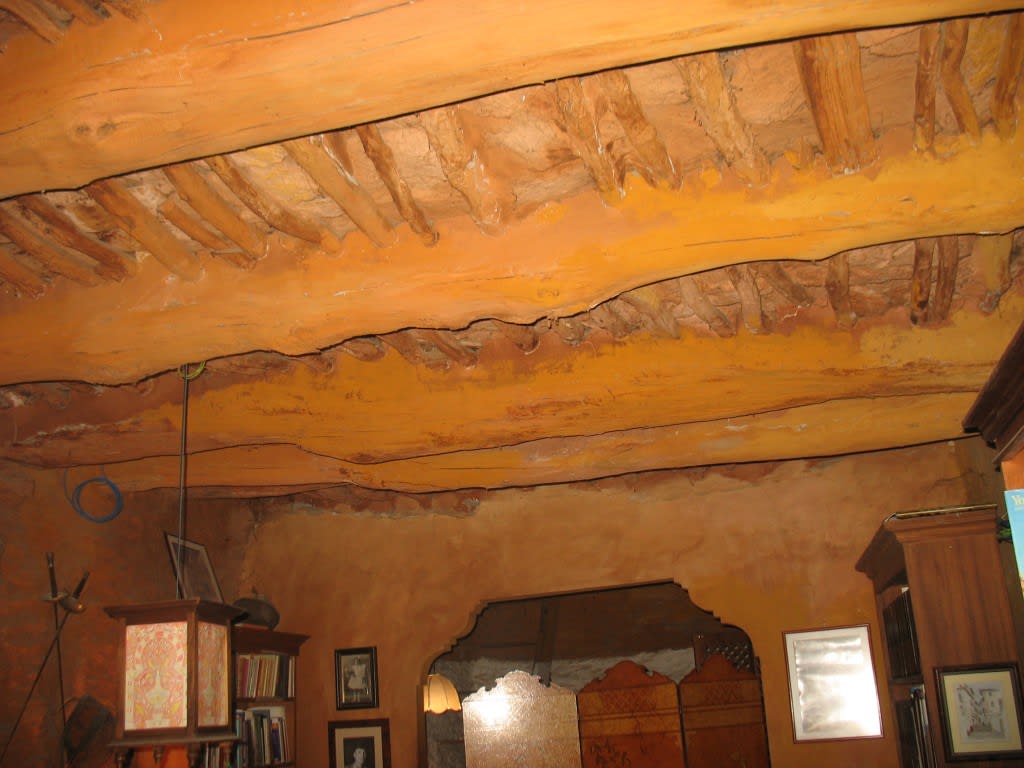
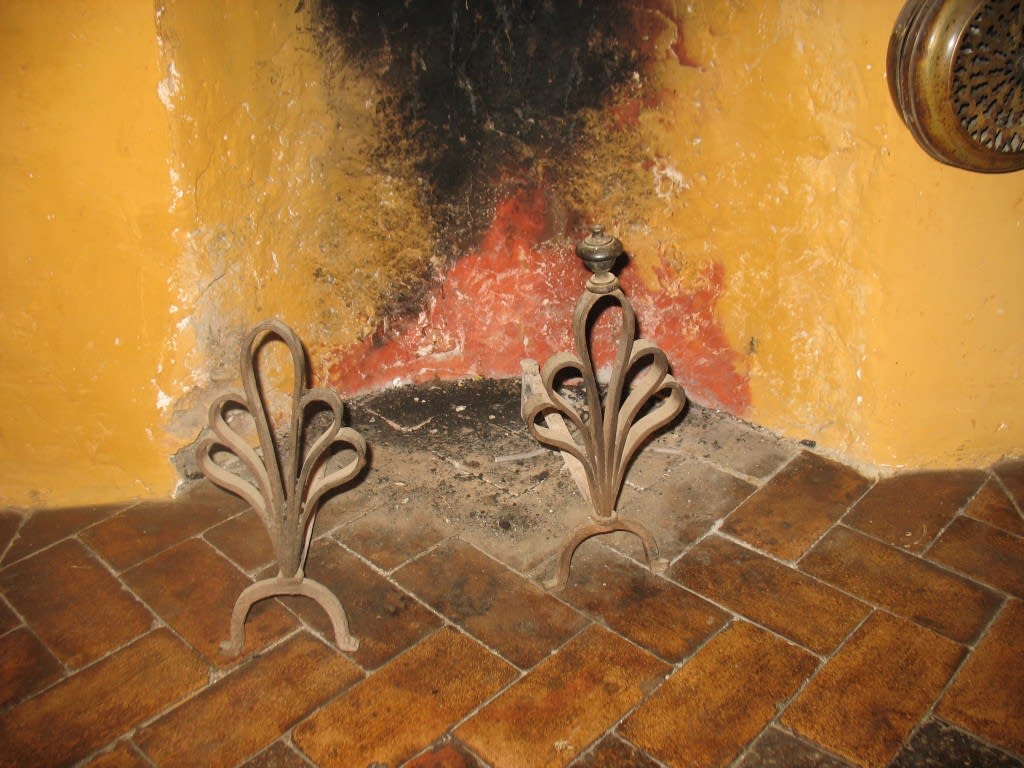
To make watercolour paints from earth pigments:
1. Remove soil from a patch of pigmented earth: 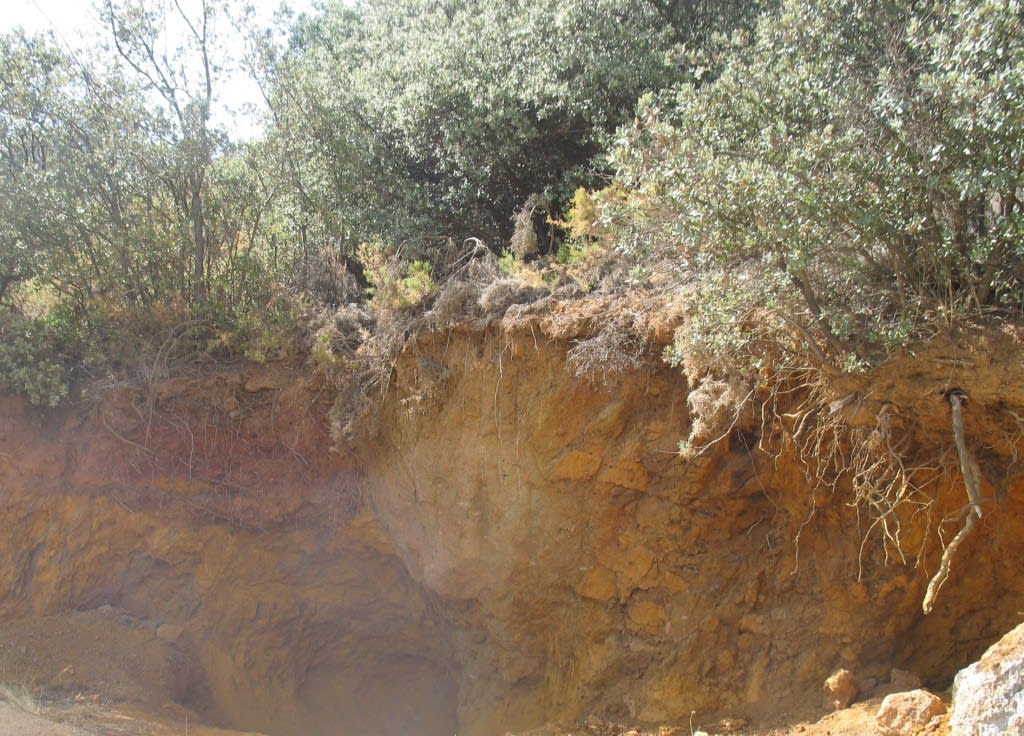
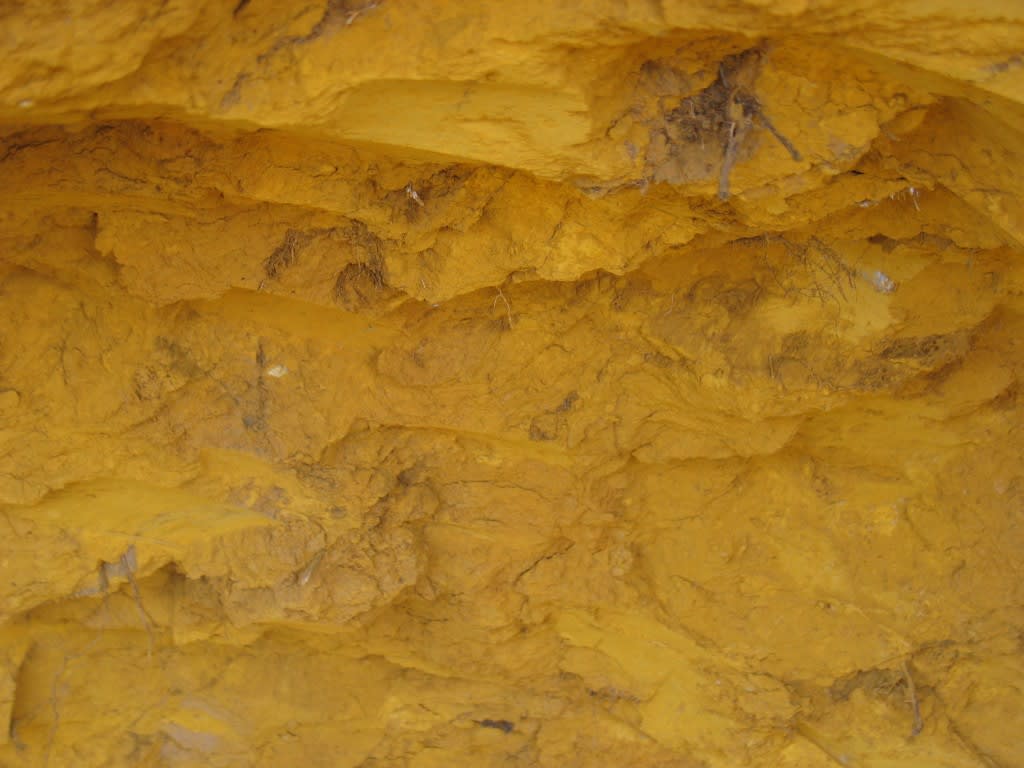
2. Add soil to water, mix and allow stones to settle:
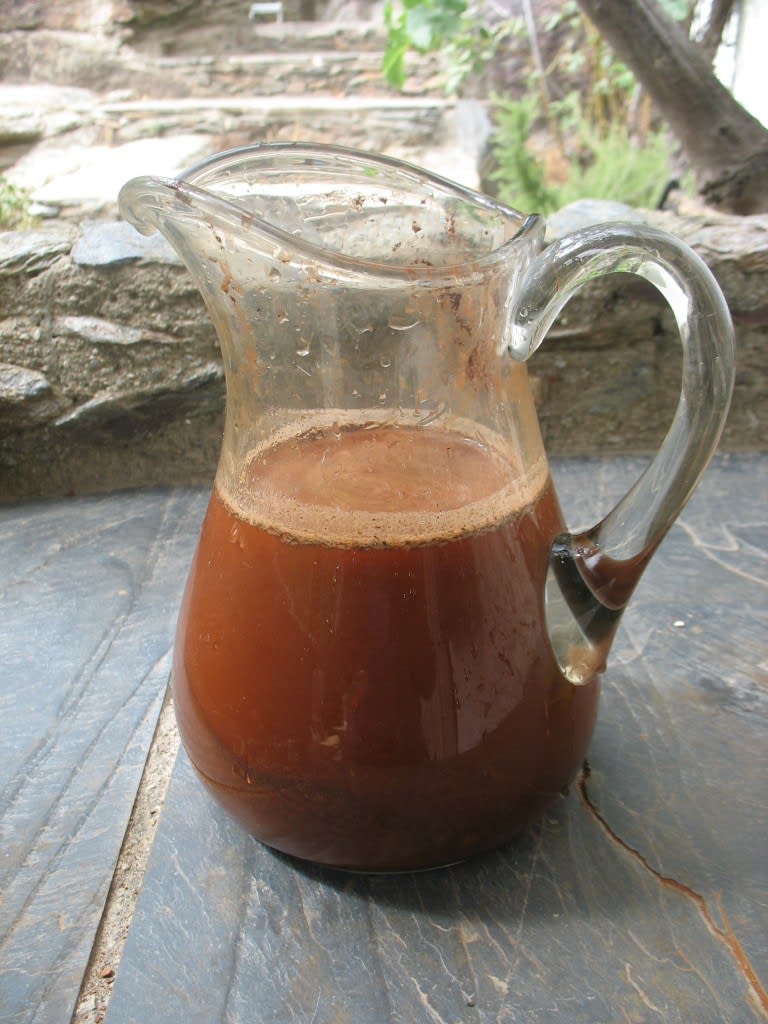
3. Pour off and collect the water, which contains the pigment and leave this to settle – for 5-10 minutes, I was told, but I found it better to leave the jar undisturbed for an hour or more. The pigment will settle at the bottom:
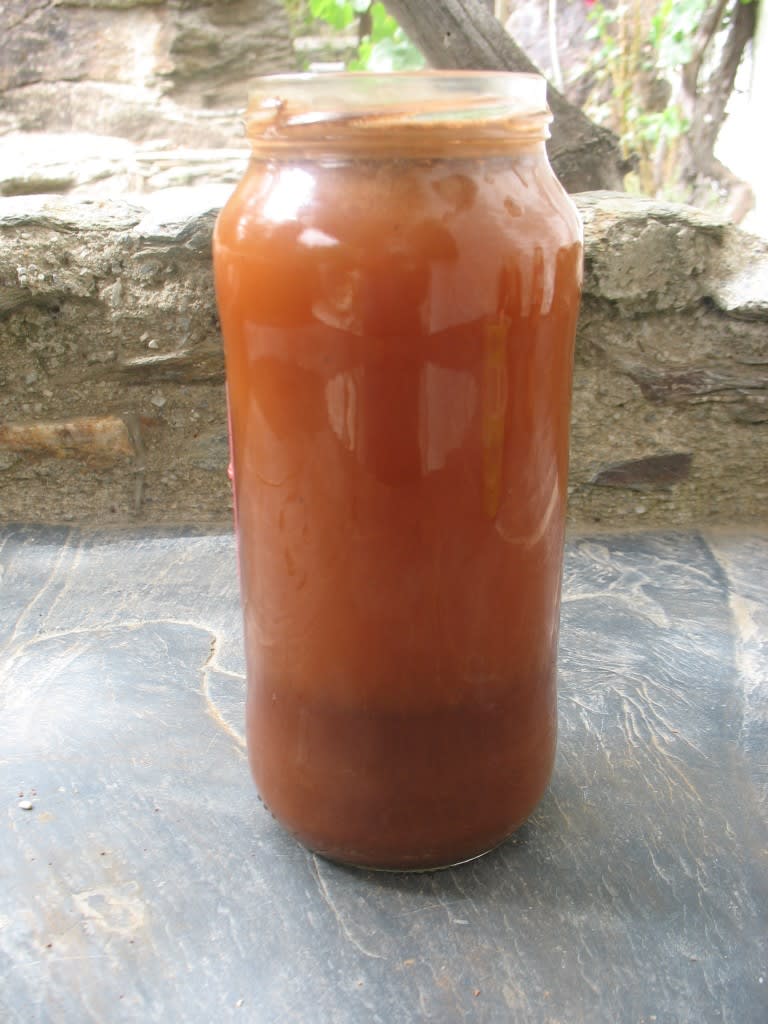
4. Pour off as much of the water as possible and leave the pigment to dry but not completely. While there is still some moisture left in the pigment, add gum arabic solution as a binder – roughly the same volume of pigment as binder:
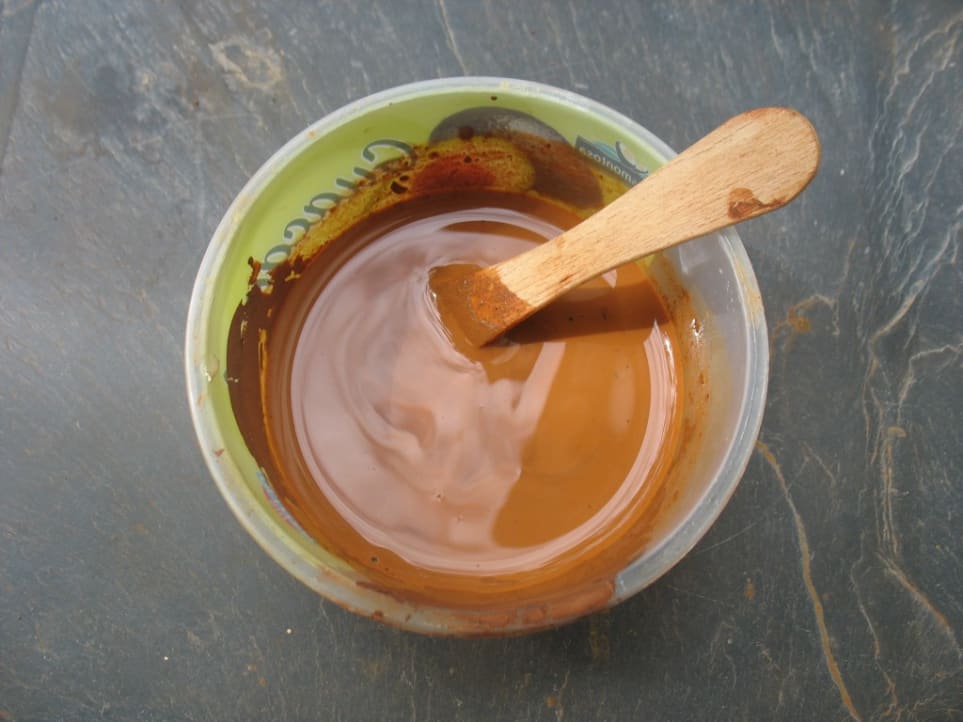
5. Dilute as required or mix with watercolour or gouache.
In the mountains, with no art shops nearby, one becomes resourceful. I made pans for the paints from air drying clay bought in the local stationery shop, partially fired them in the barbecue, sealed them inside with clear nail varnish before pouring in the paint and left the paints to dry completely so that I had a set of paints to travel with:
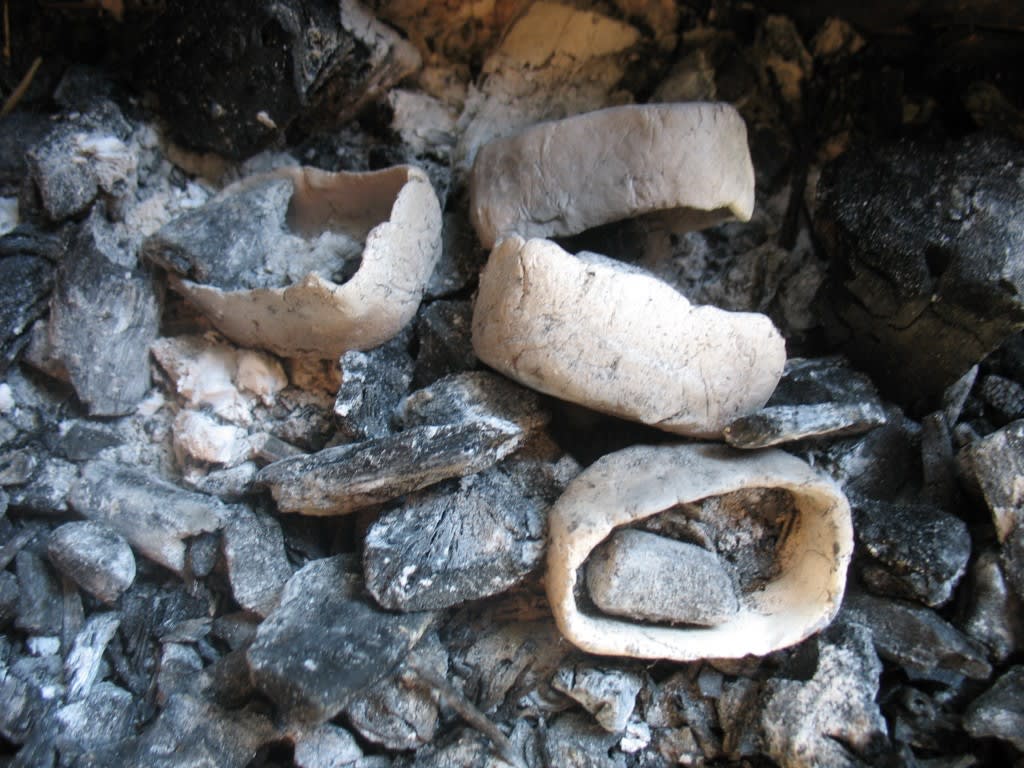
Homemade matchbox earth paint set!I am still exploring the possibilities of these handmade paints. There is something deeply satisfying in making what you need, transforming simple naturally occurring matter into new materials to work with to make art. The following are some images from my sketchbook this summer, using the earth paints. (The blues and greens are gouache or watercolour):
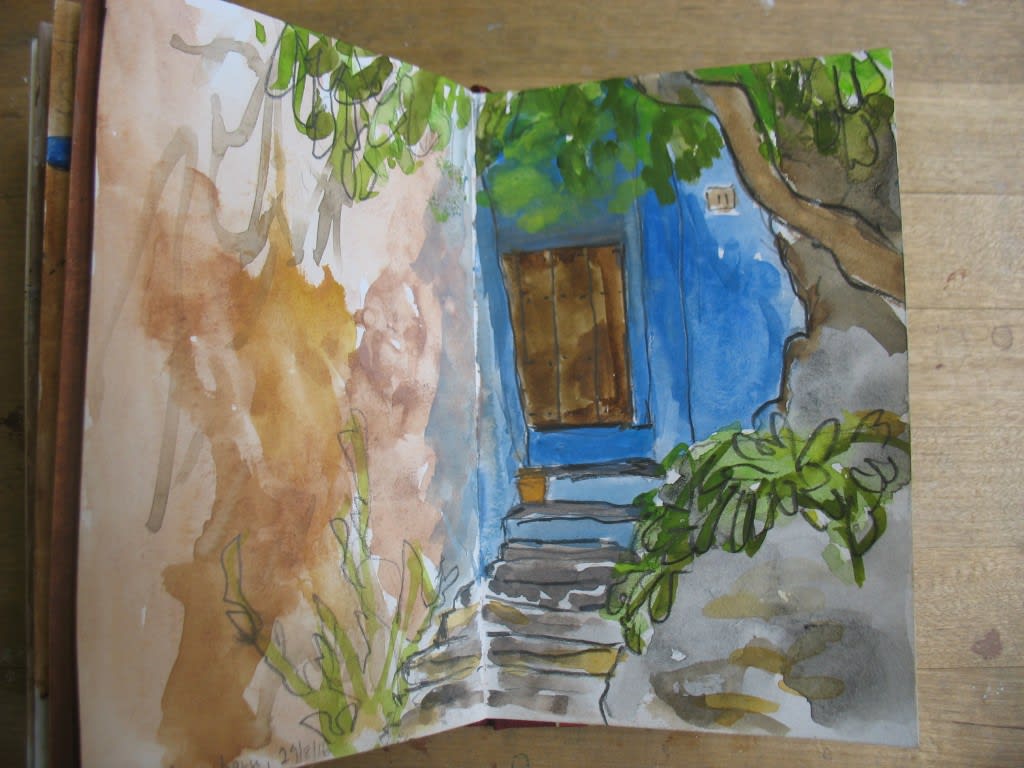
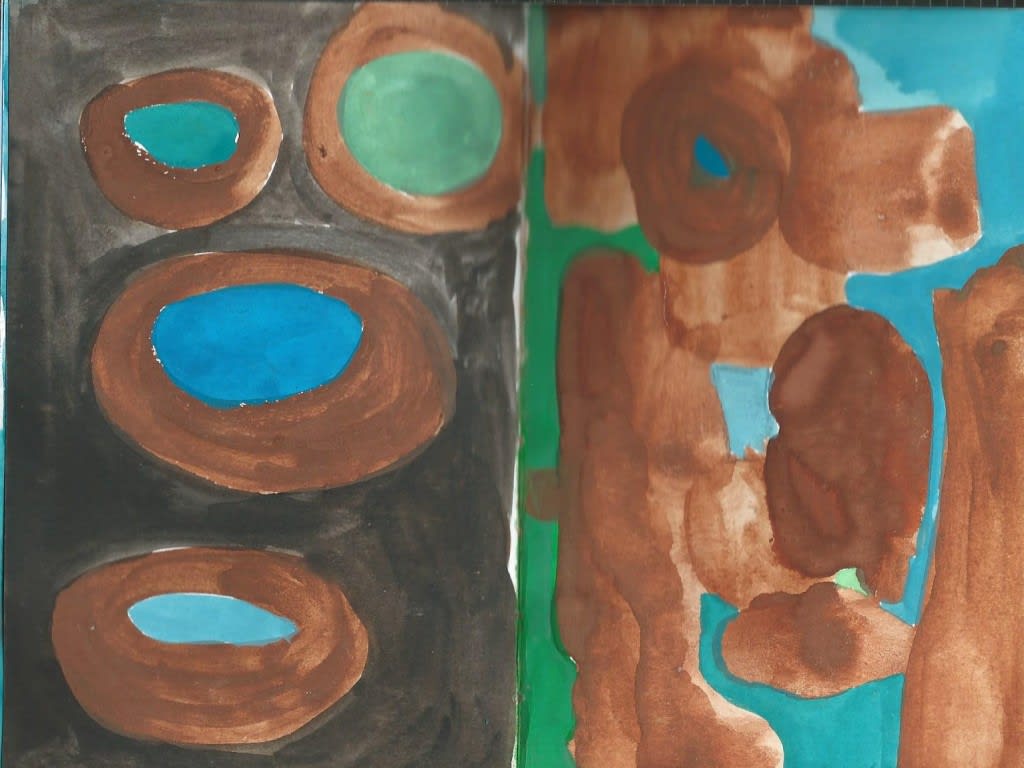
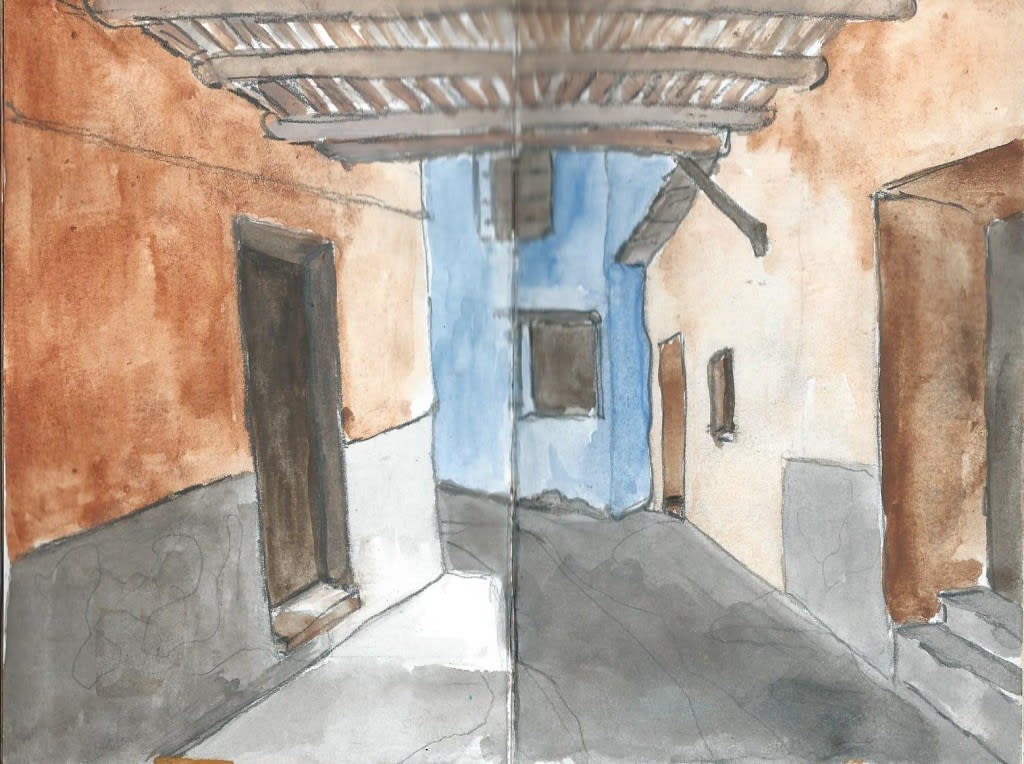
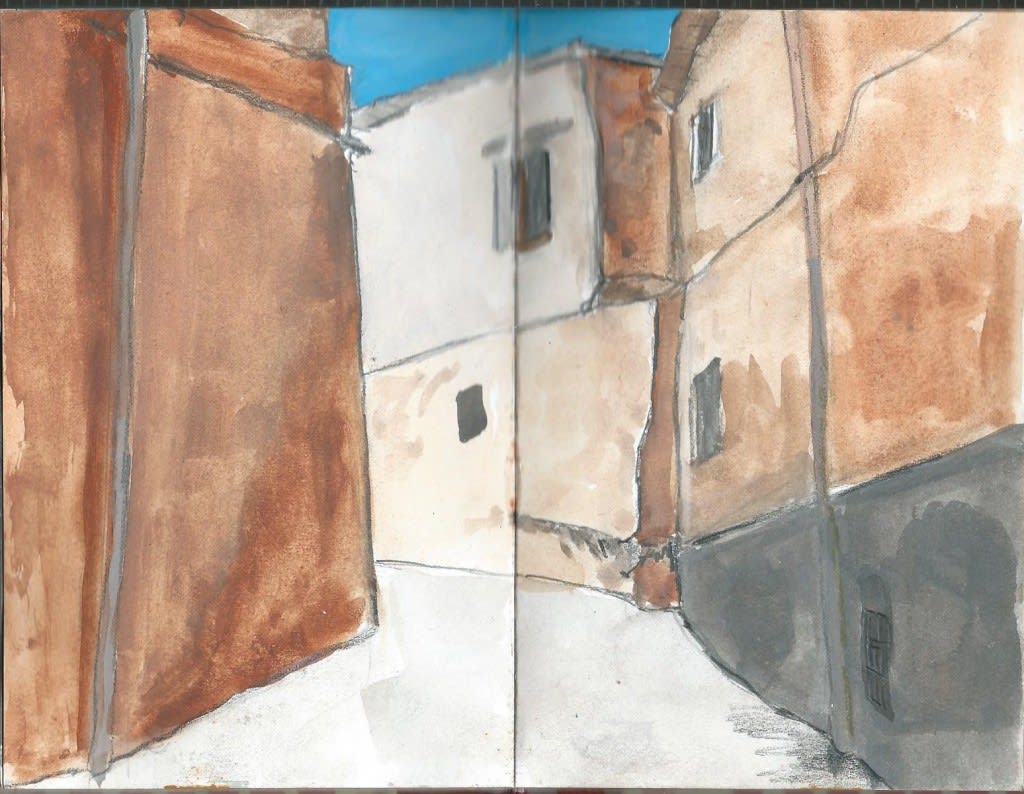

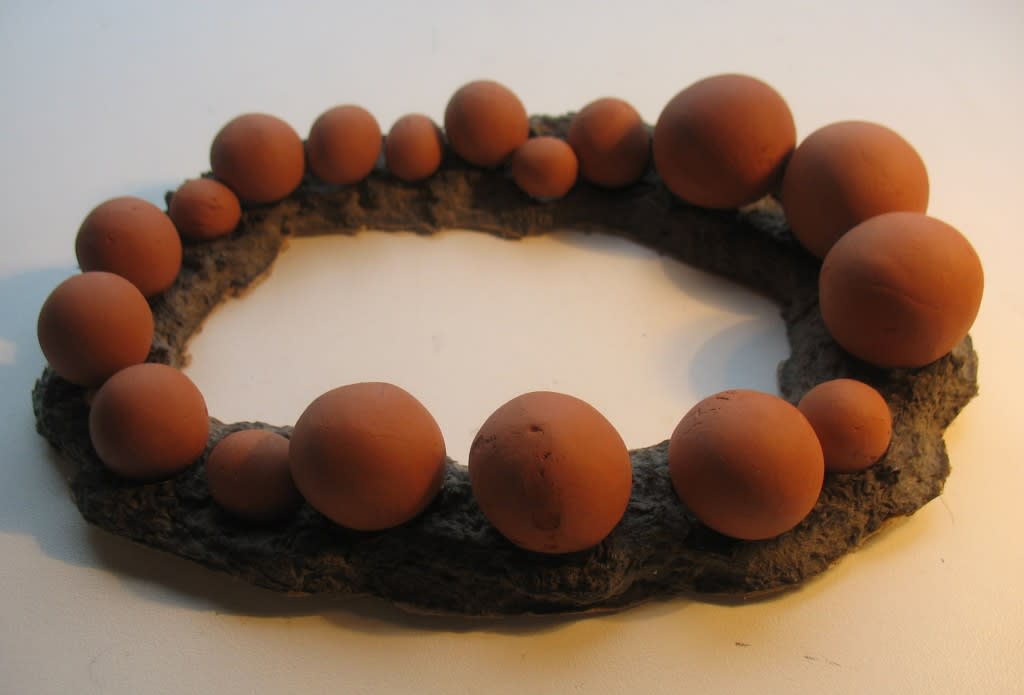
‘Ring’ – paper pulp, PVA, fired terracotta (2010)

‘Untitled’ – airdrying clay, nail varnish (2011)

‘Inside, Outside’ – fired airdrying clay (2011)


These were pieces made in the first three years of becoming a mother, working in clay and paper pulp, creating simple repetitive forms bearing the marks of my making: finger prints, mistakes, irregularities of size and shape; then ordering, arranging, finding news ways to display, reflecting a new acceptance, a sense of grounding, a desire for simplicity and restraint.


The photozines were created by artist Lara Gonzalez through her project Made and Published for The Procreate Project, enabling mother artists to collate and showcase works as part of the archive of works in site-specific installations at The Women’s Art Library, Goldsmiths College and Recto/Verso Galleries, London South Bank University. The following are images from these exhibitions, of fellow artists’ work:







Such personal unique creations, each small booklet an expression, a showing, a voice – encouraged perhaps by the open invitation to submit, to all, with no judgment, no process of selection by unseen others – instead: acceptance. It was an offer that empowered: a mother artist’s Art is important, especially the work that feels new, altered, changed focus and is taking us wandering in new directions; our Art is who we are and who we have become.
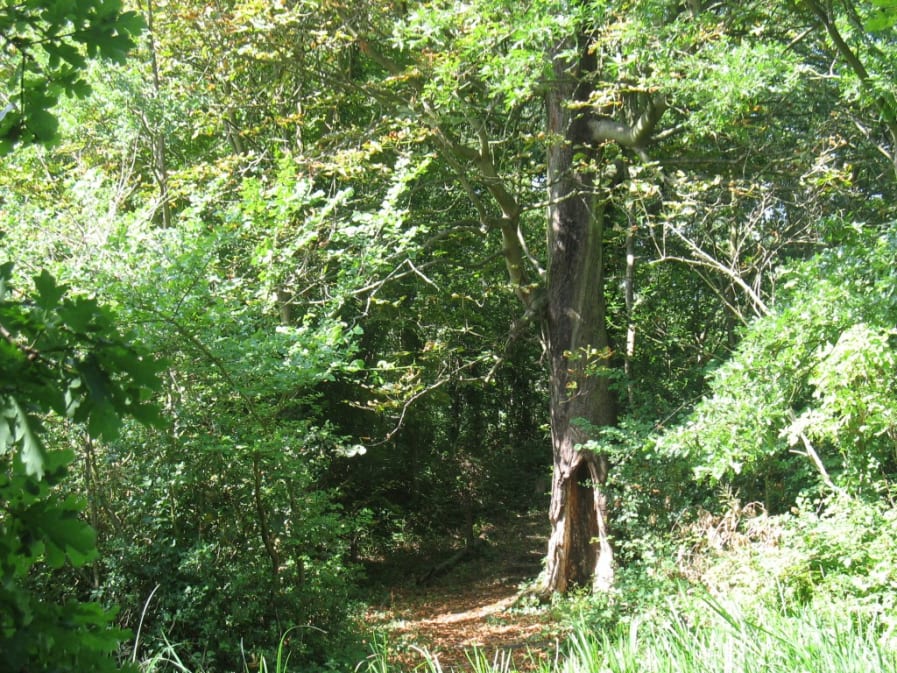
These past two years while working on a novel I have been storytelling in the woods and blogging all about it on StoryHug.
It all started with a weekend course at The School of Storytelling, in a hut in the woods . Initially I was simply curious to know how to tell stories out loud. I wanted, if only temporarily, to be freed from the search for the perfect word, so integral and necessary to the pleasure of reading a written-down story – but I also wanted an antidote, to be able to reach for images, characters and their moods and interactions, to dwell more on the events of a story and simply speak it out from somewhere more bodily, more emotional. And like all writers I wanted my words to be heard and engaged with.
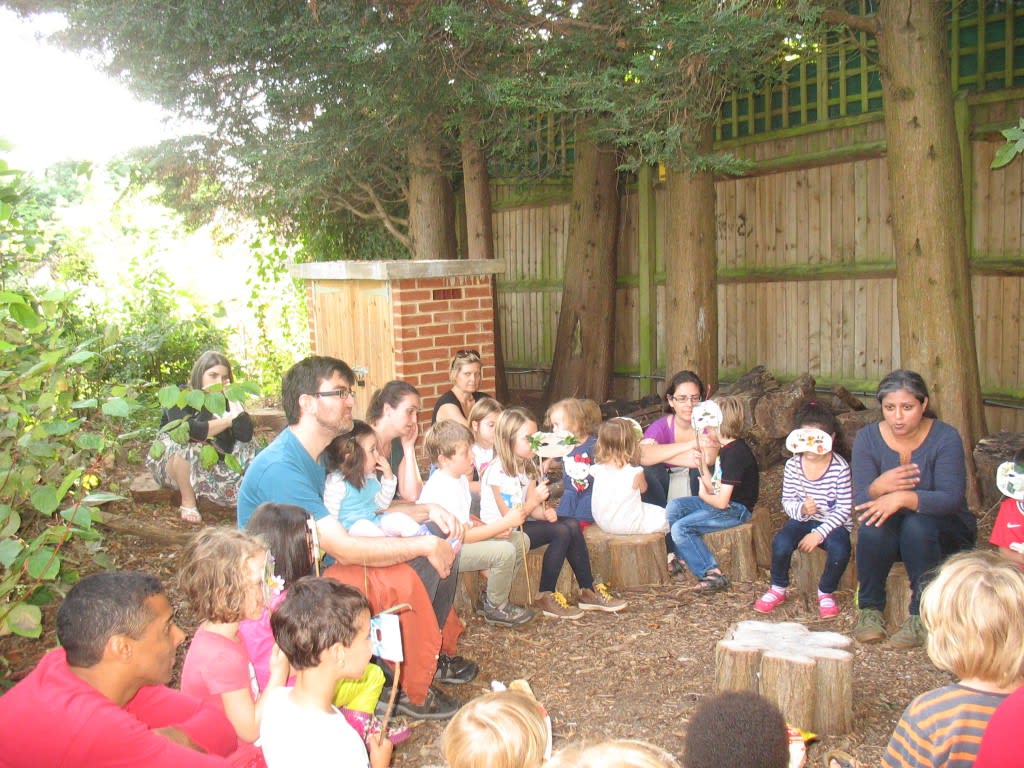
Children are the perfect audience for such a mission – at every single StoryHug workshop there are always the little faces with glazed-over eyes and distant dreamy expression that let me know that the story emerging from me is moving on and being given a new home, that it is being woven into a unique and private framework of images, feelings, dreams, hopes, thinking and being transformed, owned. The story is our secret bond. For parents too, I think. I have made so many good friends through storytelling!
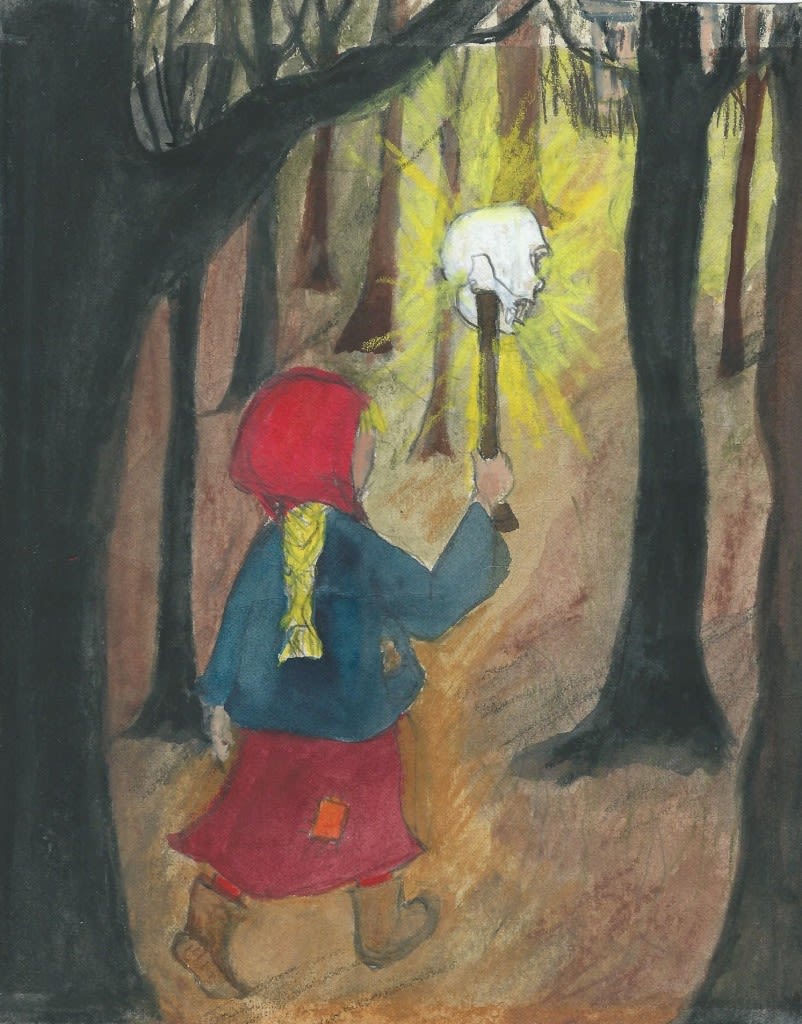
Storytelling can lead a writer into new and fabulous territory, like the forests of the wonder tales, rich with unyielding forms of trees, rocks, lakes too wide to travel across alone, paths full of wrong turns and unexpected encounters.
Spontaneous storytelling, where you make up a story with a few offered prompts: a main character, an object, another character (person, animal or magical creature) can reveal new possibilities for plots and provide playful practice for letting go of a plot’s hold on you – an unexpected suggestion from a listener can take you in new directions, teach you to stay open to possibility, to not fear changing a storyline for the overall good of your novel or short story.
Sometimes while working out the telling of a tale, one glimpses answers to private questions. An ancient story can be a mirror, a crystal ball in which to see a secret pain shared, resolved, appeased.
As you practice telling the story, sometimes you find yourself lingering on a certain plot point, an interaction or event that doesn’t seem to make sense, and you puzzle over it, working into the characters, their moods and intentions and you loosen the weave of the story at that specific point of weakness and draw in the yarn of your own experience to expand and strengthen and suddenly you know and you understand. You understand why (from your own perspective) the princess in The Goose Girl agrees to keep her demise a secret or why the two lovers in Jorinda and Joringel cry at the beautiful sunset, you see the strange power and freedom of Baba Yaga flying out over the forest at dawn – and you have new understanding, new comfort, and – well, isn’t this what it’s all about for writers? – you have new material!
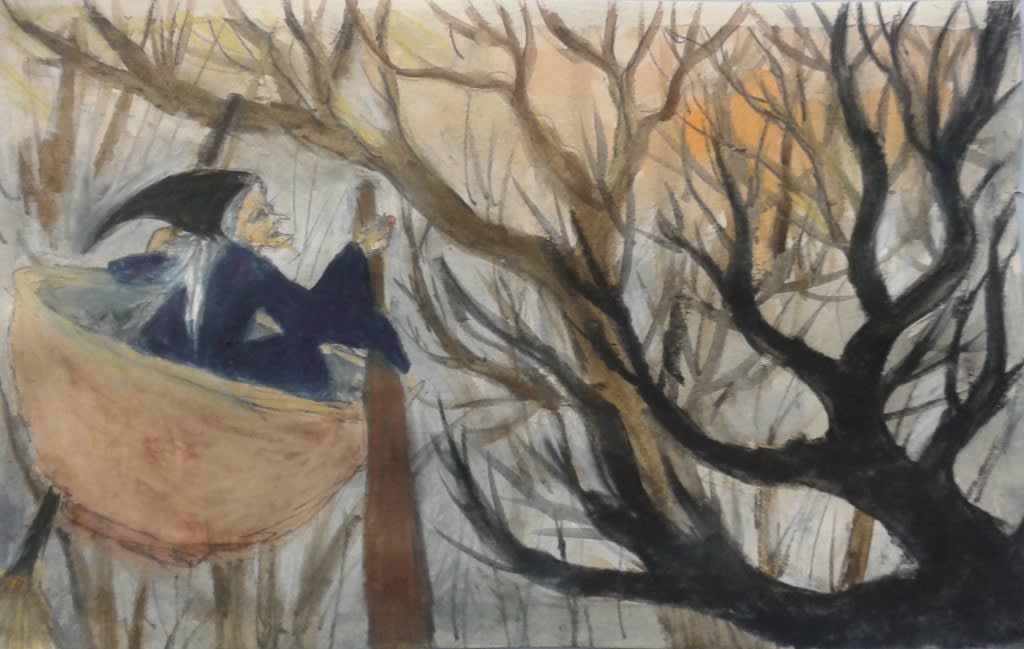
“The process of storytelling itself, through voice, gesture, and goodwill and through the fonts of wisdom it opens, evokes from deep within a healthy state of creative adventure.”
Nancy Mellon ‘Storytelling and The Art of Imagination’
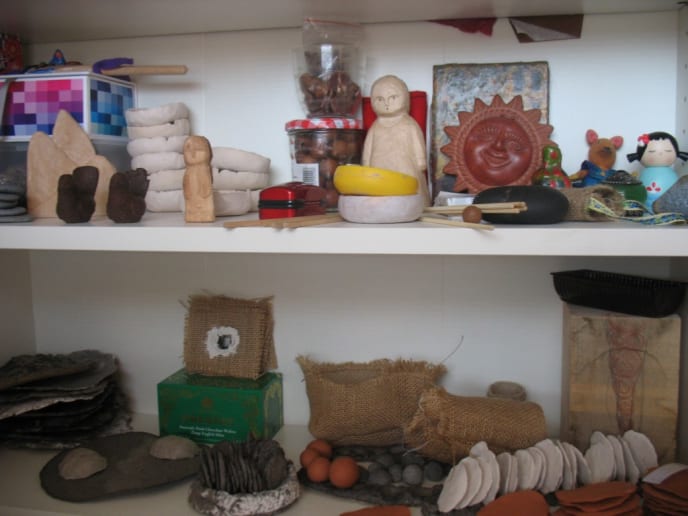
Finally Jonna got busy. She built up her great unassailable barricade against work, against the agony of work. … she began shaping exquisite small objects of wood… she walked the shoreline gathering unusual kinds of driftwood, odd shapes that might give her an idea. She arranged it all on her workbench in symmetrical piles, smaller ones, larger ones, and every piece of sea-polished wood had its own special potential to keep her from making pictures.
From Catfishing in Fair Play by Tove Jansson
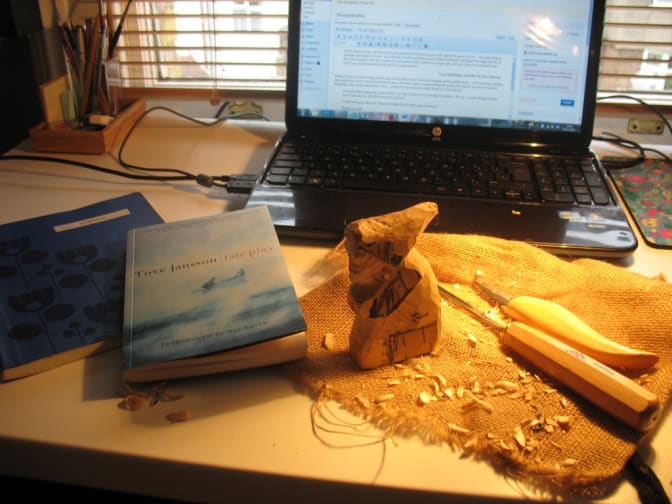
a novel too seems to bring out the most intricate distractions: Facebook, blogging, reading articles about… well, everything and then, discovered in my aimless wanderings around the flat, a short story about someone putting off working. But not just any story. Wonderful, thoughtful, deep, playful, exquisitely written….. at least I’m now back at my desk. Thank you Tove Jansson!
“Your uncle liked making nets [said Jonna]; it was what he knew, it was calming and familiar… He was… at peace, doing work that was his and only his… He didn’t have goals anymore.”
“To hell with goals,” Mari said. “What I’m talking about is desire, about having to.”
“Having to what?”
“I think you know.”
“And then what? Those pictures… They drown and get lost among millions of other pictures. And most of them are completely unnecessary – and what’s more, pretentious.” Jonna added a little more quietly, “I mean other people’s. Most of them.”
The storm came nearer, a huge alien backdrop making its steady way across the water, never before seen in such splendour and maybe never to be repeated.
…
“Take care of the boat,” Jonna shouted, jumping ashore. She ran up to the cottage.
From Catfishing in Fair Play by Tove Jansson
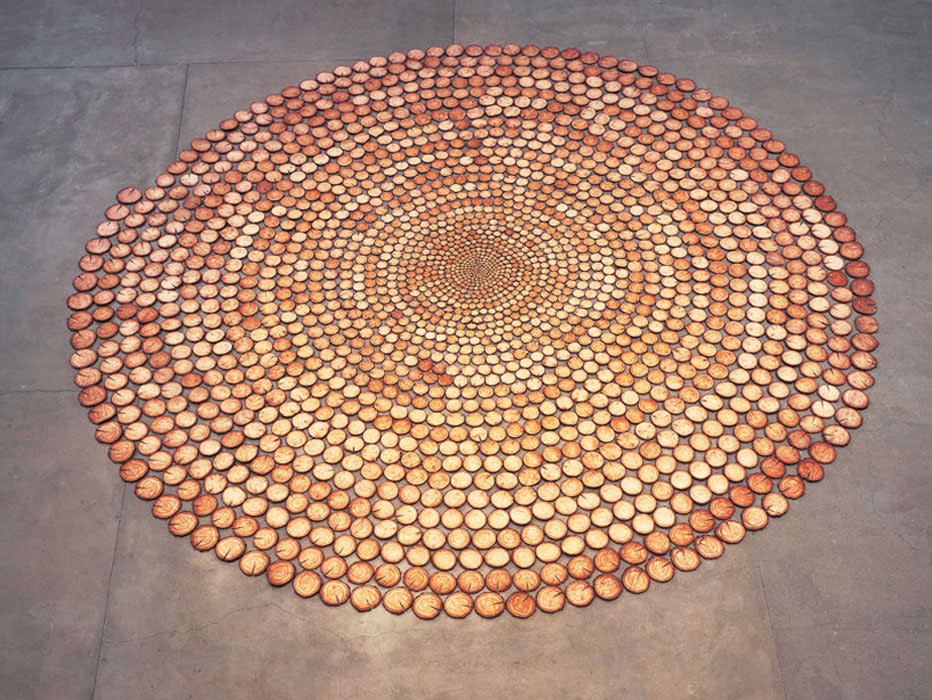




Recently I read Heidi by Johanna Spyri to my daughter at bedtime and was struck by the beauty of Alm-Uncle’s hut. The effort of moving home was still fresh in my mind and the sense of being overwhelmed by the possessions we’d amassed – such a feeling of excess and encumberment.
In contrast, Alm-Uncle’s living arrangements seemed refreshingly simple, so good and serene, surely the right way to live!
“…she found herself in a good-sized room, which covered the whole ground floor of the hut. A table and a chair were the only furniture; in one corner stood the grandfather’s bed, in another was the hearth with a large kettle hanging above it; and on the further side was a large door in the wall — this was the cupboard. The grandfather opened it; inside were his clothes, some hanging up, others, a couple of shirts, and some socks and handkerchiefs, lying on a shelf; on a second shelf were some plates and cups and glasses, and on a higher one still, a round loaf, smoked meat, and cheese, for everything that Alm-Uncle needed for his food and clothing was kept in this cupboard…. In the corner near her grandfather’s bed she saw a short ladder against the wall; up she climbed and found herself in the hayloft. There lay a large heap of fresh sweet-smelling hay, while through a round window in the wall she could see right down the valley.”
In the true spirit of Story Hug (i.e. story-sharing and both Mummy AND daughter having fun…) we brought our own version of Alm-Uncle’s hut to life!
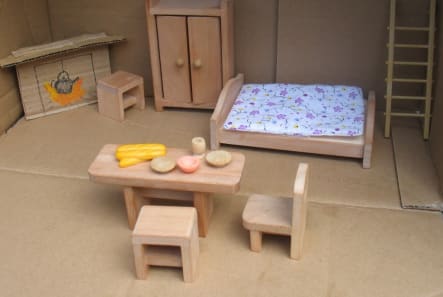
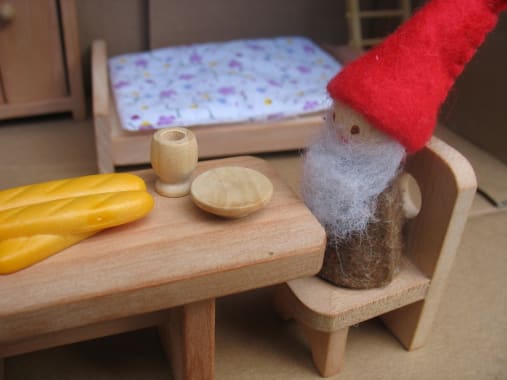
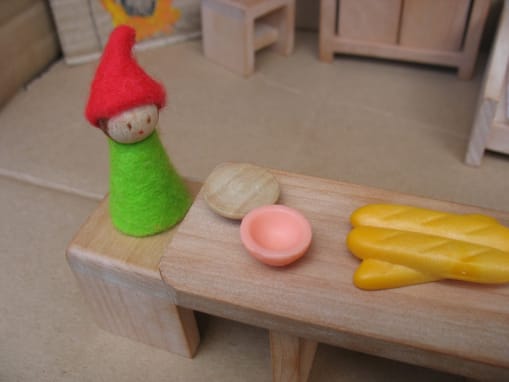
I searched all over for images of a more real hut. And found a converted stone hut in the Auvergene, in France: Le Buron de Niercombe. Wow.
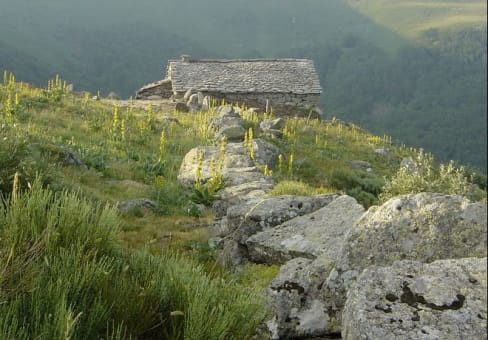

(photo: Mon Jardin & Mon Maison Magazine)
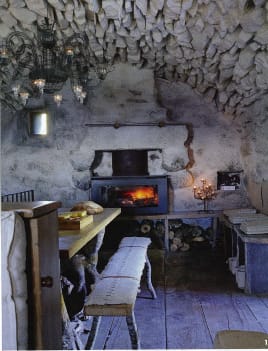
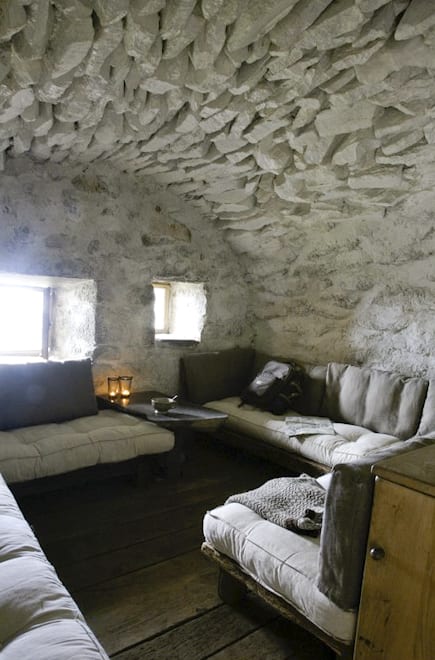
There’s a video about it here.
I’m sure Alm-Uncle would approve of this place!
